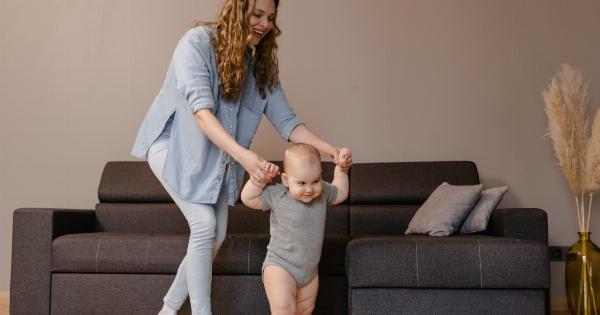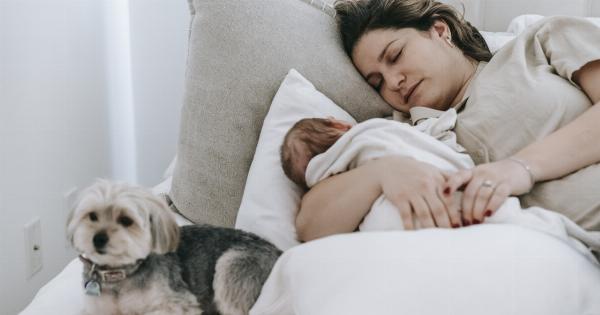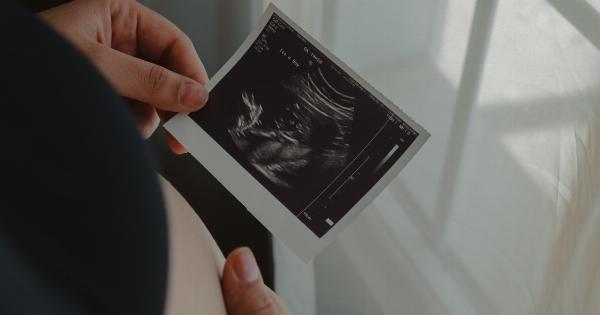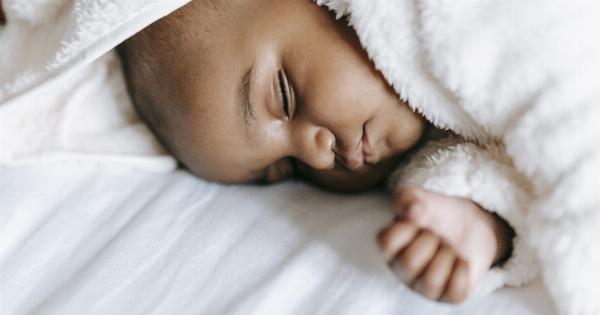Having a baby is an incredibly exciting and joyful time in a parent’s life. From the moment they enter the world, parents want nothing but the best for their little ones.
They want to provide a safe and nurturing environment where their baby can thrive. While there are many decisions to make as a new parent, one important one is where your baby will sleep. Bed-sharing, the practice of sleeping in the same bed as your baby, has become a controversial topic in recent years.
In this article, we will explore the risks associated with bed-sharing and why it may not be the safest choice for your baby.
The Importance of Safe Sleep
Safe sleep is crucial for babies in order to reduce the risk of sudden infant death syndrome (SIDS) and other sleep-related fatalities.
The American Academy of Pediatrics (AAP) recommends that infants sleep on their own separate sleep surface, such as a firm crib mattress with a fitted sheet. This is because bed-sharing presents several potential risks that can increase the chances of SIDS or accidental suffocation.
Risk of Sudden Infant Death Syndrome (SIDS)
One of the major concerns with bed-sharing is the increased risk of SIDS. SIDS is the sudden and unexplained death of a seemingly healthy baby during sleep. Research has shown that bed-sharing can significantly increase the likelihood of SIDS.
Babies who sleep in the same bed as their parents are more prone to becoming trapped or smothered by pillows, blankets, or even a sleeping parent’s body. The close proximity and soft bedding can obstruct a baby’s airway, leading to suffocation.
Potential for Accidental Suffocation
Bed-sharing also increases the risk of accidental suffocation. Babies are vulnerable and unable to protect themselves while they sleep. The pillows, blankets, and other bedding materials on an adult bed can pose serious suffocation hazards.
Even a well-intentioned parent could unknowingly roll onto their baby during the night, unintentionally obstructing their breathing. This risk becomes even greater if either parent is under the influence of alcohol, drugs, or medications that impair their ability to wake or move during sleep.
Increase in Temperature and Overheating
Another risk associated with bed-sharing is an increase in temperature and overheating. The adult bed, with its additional body heat, may cause a baby to become excessively warm. Overheating has been linked to an increased risk of SIDS.
Babies are more sensitive to changes in temperature, and their bodies are still developing the ability to regulate heat properly. Therefore, it is important to keep their sleep environment cool and comfortable.
Disruption of Healthy Sleep Patterns
Bed-sharing can also disrupt a baby’s healthy sleep patterns. Infants have their own unique sleep cycles, which are different from adults.
They may have difficulty falling into a deep sleep state if they are constantly disturbed by adult movements, snoring, or snuggling. This can result in poor sleep quality for both the baby and the parents, leading to daytime sleepiness and irritability.
Development of Unsafe Sleep Habits
When babies become accustomed to bed-sharing, it can be challenging to transition them to their own sleep spaces. They may come to rely on the presence of their parents to fall asleep, leading to difficulties with self-soothing and independent sleep.
Establishing a safe sleep routine from the beginning can help promote healthy sleep habits and independence in the long run.
Alternatives to Bed-Sharing
Although the desire to bond and be close to your baby is completely natural, there are safer alternatives to bed-sharing. Room-sharing, where the baby sleeps in the same room as the parents but in their own sleep space, is recommended by the AAP.
This can be achieved by having the baby sleep in a crib or bassinet located in the parent’s room, ensuring that the sleep surface meets safety guidelines.
Other alternatives include using a co-sleeper that attaches securely to the side of the adult bed, allowing for easy access to the baby while still providing a safe sleep space.
These options offer the benefits of closeness without the potential risks associated with bed-sharing.
Conclusion
While the desire to sleep close to your baby is understandable, bed-sharing poses significant risks that should not be overlooked.
The risk of SIDS, accidental suffocation, overheating, disruption of healthy sleep patterns, and the development of unsafe sleep habits are all concerns associated with this practice. It is essential to prioritize the safety and well-being of your baby by providing them with their own separate sleep space that meets the recommended safety guidelines.
By choosing safer alternatives such as room-sharing or using a co-sleeper, you can still foster closeness while ensuring a safe and peaceful sleep environment for your little one.


























